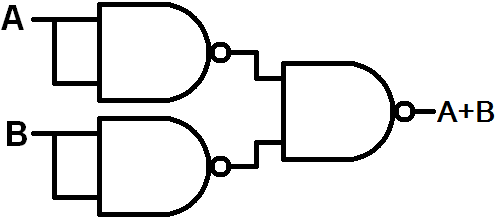photoelectric effect is a phenomenon in which electrically charged particles are released from or within a material when it absorbs electromagnetic radiation.
The photoelectric effect provides evidence for the particle-like nature of light because the effect can only be explained by treating light as a collection of particles, or photons, that carry energy. It also supports the idea of quantized energy levels in atoms, where only specific photon energies can excite electrons to higher energy levels or eject them from the material's surface.
The figure shows the maximum kinetic energy of emitted photoelectrons as the frequency of the incident radiation on a sodium plate is varied. The graph shows that increasing the frequency of the incident radiation results in an increase in the maximum kinetic energy of the photoelectrons. This observation is consistent with the particle-like nature of light because the energy of each photon is proportional to its frequency, and the photoelectron's kinetic energy depends on the energy of the absorbed photon minus the work function of the material.



